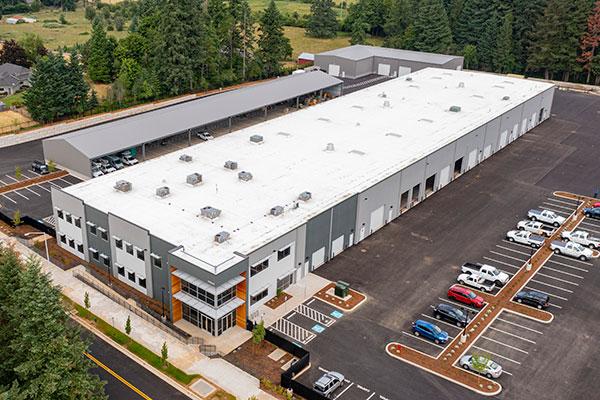| Step 1 | Analyze the condition of the roadways every year, on-site, with a computerized pavement management system. |
| Step 2 |
Combine the data gathered from the annual analysis with other information about each roadway, including:
|
| Step 3 | Create a prioritized list of roadway repair and maintenance projects based on the most cost-effective timing of repairs. |
| Step 4 | Develop preliminary cost estimates for each likely project based on historic costs per lane mile. |
| Step 5 | Compare the preliminary cost estimates with estimated budget amounts and group the projects into a five-year plan. |
| Step 6 |
Compare and, as needed, revise the five-year plan with project lists from other agencies and organizations that may need to work on the roadway, including the County Development Agency, County Water Environment Services and other utility providers. This saves money, time and inconvenience to the public by reducing how often work is needed on a particular roadway. |
| Step 7 | Group the final list of road projects into contract packages. |
A multi-phase construction process is used to do the actual road restoration.
- First, during the winter and spring County crews repair the roadway's drainage and road base. This may include reconstruction of drainage and ditch systems, repair of failed road base sections and preparation for any other work such as improving a shoulder.
- During the summer, contractors place asphalt on the roadway and rock on the shoulders, and stripe the roadway.
The result is:
- a safe roadway
- with rock or paved shoulders
- that drains properly and
- has a life expectancy of 15-20 years with regularly scheduled maintenance*.
*Over time, oil in asphalt oxidizes and becomes brittle. County crews typically apply a chip seal to the roadway 7-10 years after the paving is completed to seal any small cracks that may be forming and restore a flexible surface to the roadway. This may be done two or three times during the life of the pavement.
 Translate
Translate






